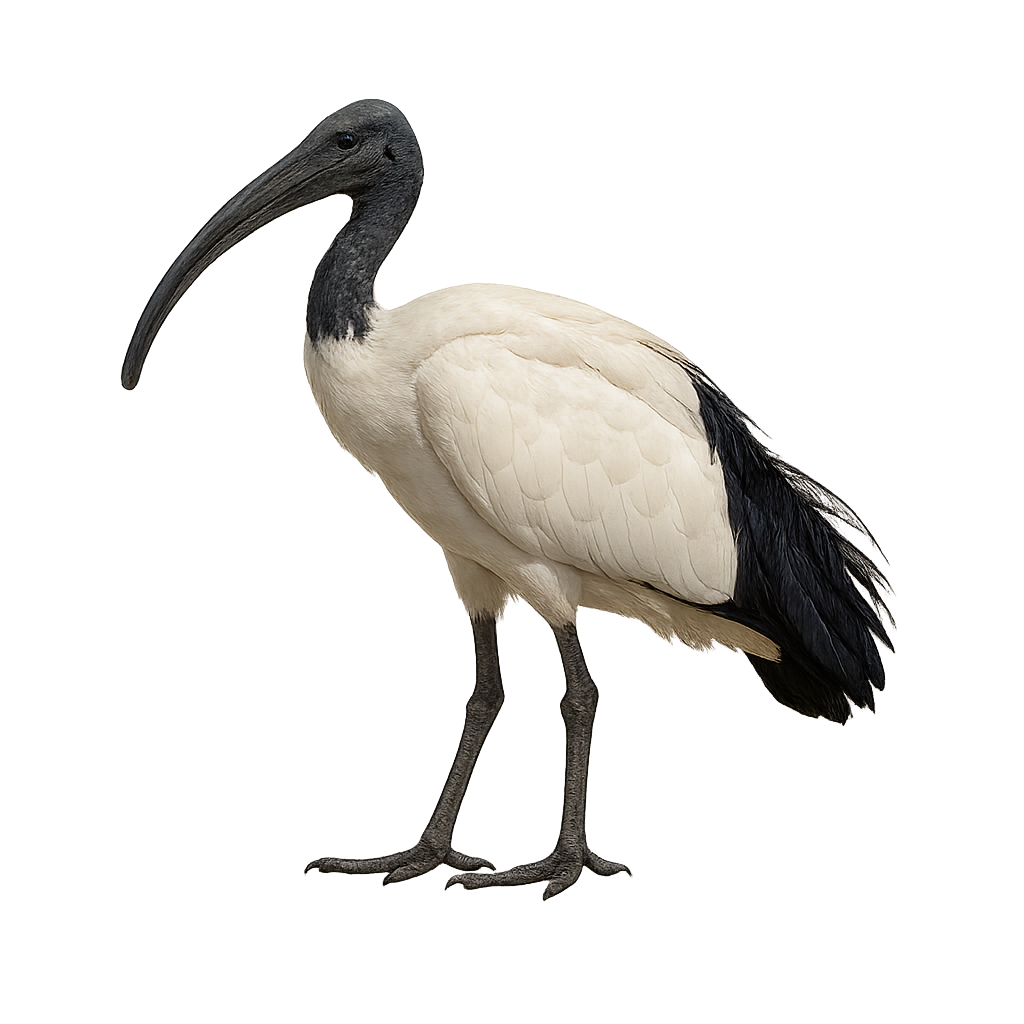Your wildlife photography guide.
Explore the sacred ibis in detail, study its behavior, prepare your shots.
Where to observe and photograph the sacred ibis in the wild
Learn where and when to spot the sacred ibis in the wild, how to identify the species based on distinctive features, and what natural environments it inhabits. The WildlifePhotographer app offers tailored photography tips that reflect the sacred ibis’s behavior, helping you capture better wildlife images. Explore the full species profile for key information including description, habitat, active periods, and approach techniques.
Sacred ibis
Scientific name: Threskiornis aethiopicus

IUCN Status: Endangered
Family: THRESKIORNITHIDAE
Group: Birds
Sensitivity to human approach: Suspicious
Minimum approach distance: 30 m
Courtship display: March to May
Incubation: 21–29 jours
Hatchings: April to June
Habitat:
Wetlands, marshes, riverbanks, and lakes in Africa, mainly in sub-Saharan regions, and also in parts of the Middle East and Southeast Asia
Activity period :
Primarily active during the day, with peak activity in the morning and late afternoon.
Identification and description:
The Sacred Ibis is a large bird with primarily white plumage, with black feathers on its wings and a bare head. It measures about 65 to 75 cm in length, with a wingspan of 1.2 to 1.3 meters, and weighs between 1.5 and 2.5 kg. Its beak is long and curved, adapted for probing the ground in search of small invertebrates, fish, crustaceans, and mollusks. The Sacred Ibis primarily inhabits wetlands, such as marshes, rivers, and lakes, in sub-Saharan Africa, as well as Southeast Asia and Egypt. This bird holds particular significance in ancient Egyptian culture, where it was associated with the deity Thoth, the god of wisdom and writing. The Sacred Ibis is often seen in large colonies and prefers to feed in groups, probing water and mud for food. Although the species is not immediately endangered, it is vulnerable to habitat loss, pollution, and hunting.
Recommended lens:
300 mm – adjust based on distance, desired framing (portrait or habitat), and approach conditions.
Photography tips:
Use a telephoto lens to photograph the sacred ibis, especially when feeding in marshes or in flight. Soft morning or evening light is ideal for capturing its vivid colors and natural behavior.
Be discreet and respect their space to avoid disturbing their behavior, especially during the breeding season.
The WildlifePhotographer App is coming soon!
Be the first to explore the best nature spots, track rutting seasons, log your observations, and observe more wildlife.
Already 1 431 wildlife lovers subscribed worldwide

